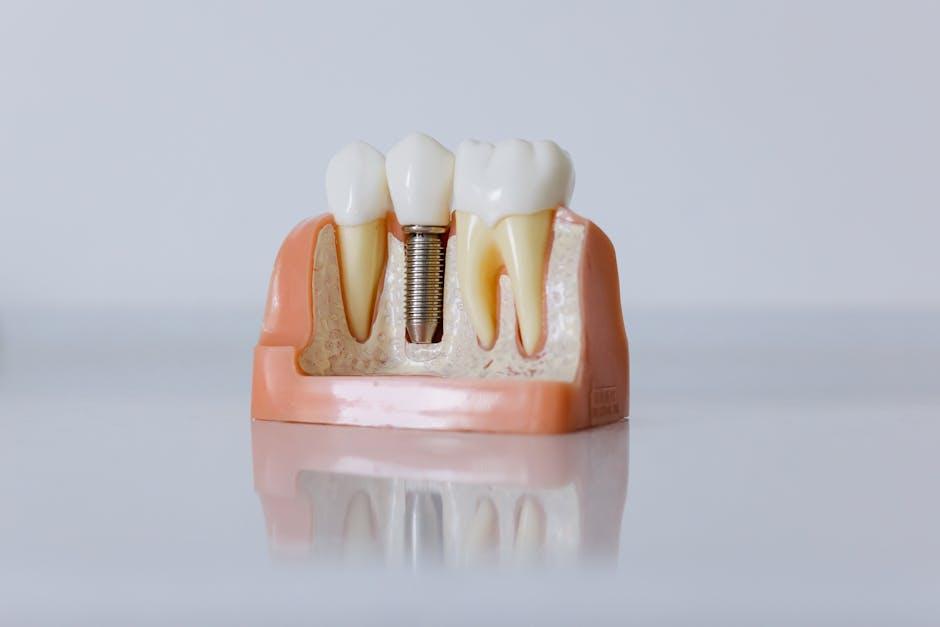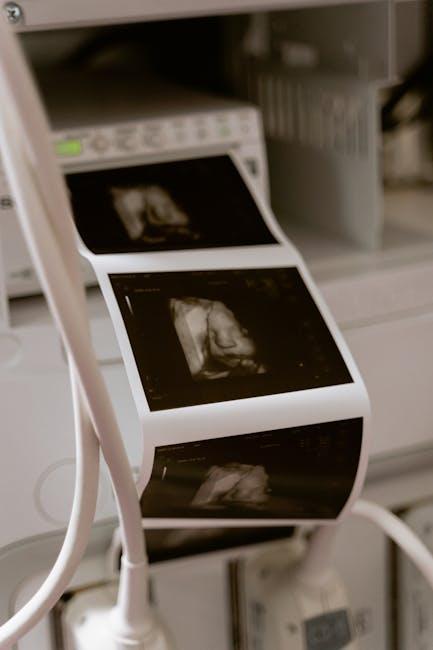
3D Teeth Scanner Market Size, Growth Drivers and Global Forecast 2032 | At a Thriving CAGR of 29.67%
The rapid advancement of dental technology is revolutionizing oral healthcare worldwide, and 3D teeth scanners stand at the forefront of this transformation. According to the latest analysis, the 3D teeth scanner market is expected to grow at an impressive CAGR of 29.67% through 2032, propelled by continuous innovations, rising demand for digital dentistry, and increasing awareness about oral health. This comprehensive article examines market size projections, identifies key growth drivers, and provides a detailed global forecast for this emerging technology.
Understanding the 3D Teeth Scanner Market
A 3D teeth scanner is an advanced dental imaging device that captures highly accurate three-dimensional digital impressions of patients’ teeth and gums. Unlike traditional molds, these scanners offer a faster, more comfortable, and precise alternative to dental impressions, feeding data directly into CAD/CAM systems to support orthodontic treatment, prosthetics design, and implant planning.
Key Market Segments
- Intraoral Scanners: Handheld devices used inside the patient’s mouth for real-time 3D imaging.
- Desktop Scanners: Used mainly to scan dental impressions or models for lab-based analysis.
- Application Areas: Orthodontics, Prosthodontics, Restorative Dentistry, and Implantology.
3D Teeth Scanner Market Size and Forecast (2023 – 2032)
The 3D teeth scanner market size was valued at approximately USD 450 million in 2023. Driven by technological innovation and expanding adoption in dental practices globally, the market is expected to reach over USD 4 billion by 2032. This indicates a remarkable annual growth rate and robust market dynamism.
| Year | Market Size (USD Billion) | Key Highlights |
|---|---|---|
| 2023 | 0.45 | Foundation and moderate adoption |
| 2027 | 1.5 | Expanding dental clinics & tech integration |
| 2032 (Forecast) | 4.0 | Mainstream adoption & advanced innovations |
Primary Growth Drivers for the 3D Teeth Scanner Market
The explosive growth of the 3D teeth scanner market is fueled by several key factors:
- Technological Advancements: Improvements in scanning accuracy, ease of use, and faster data processing have expanded scanner capabilities.
- Increasing Demand for Digital Dentistry: Dental professionals increasingly adopt digital workflows for efficient diagnostics and patient communication.
- Rising Prevalence of Dental Disorders: Growing oral health concerns worldwide create demand for advanced diagnostic tools and customized treatment plans.
- Cosmetic Dentistry Popularity: The surge in demand for veneers, implants, and orthodontic treatments drives scanner usage.
- Cost-Effectiveness and Patient Comfort: 3D scanning replaces uncomfortable molds, enhancing patient experience and reducing chair time.
- Government Initiatives & Reimbursements: Supportive healthcare policies and insurance reimbursements promote adoption of innovative dental technology.
Regional Market Analysis
Understanding geographical trends is critical for grasping the full potential of the 3D teeth scanner market:
North America
The largest share is held by North America due to high healthcare expenditure, rapid technology adoption, and strong presence of leading scanner manufacturers.
Europe
Europe follows closely, driven by rising dental clinics, favorable government regulations, and rising patient awareness.
Asia-Pacific
Asia-Pacific is the fastest-growing region as developing economies embrace digital dentistry and expanding medical tourism services boost demand.
Latin America and Middle East & Africa
These regions are witnessing steady growth thanks to increasing dental infrastructure investment and rising disposable incomes.
Benefits of 3D Teeth Scanners in Modern Dentistry
- Precision & Accuracy: Highly detailed images improve treatment outcomes.
- Faster Procedures: Real-time scanning reduces appointment durations.
- Comfort & Patient Acceptance: Eliminates messy impressions, enhancing patient experience.
- Seamless Workflow Integration: Direct connection to CAD/CAM systems enables easier prosthesis fabrication.
- Enhanced Communication: Visual 3D models aid patient understanding and treatment planning.
Practical Tips for Dental Clinics Considering 3D Teeth Scanners
- Assess Your Clinic’s Workflow: Choose a scanner compatible with your existing practice management and CAD systems.
- Training & Support: Prioritize vendors who offer comprehensive training and after-sales support.
- Budget Wisely: Consider both initial investment and maintenance costs, alongside expected ROI from improved efficiency.
- Leverage Patient Education: Use 3D scans as tools to explain treatment plans and increase patient confidence.
Case Study: Transforming Orthodontic Practice with 3D Teeth Scanners
Dr. Emma Richards, an orthodontist in London, integrated 3D intraoral scanning into her practice in 2025. Within a year, patient throughput increased by 35%, while appointment times decreased by 25%. The detailed digital impressions minimized errors in aligner fabrication, leading to higher patient satisfaction and reduced treatment revisions. Dr. Richards credits the 3D teeth scanner with modernizing her workflow and significantly enhancing patient experience.
Global Forecast and Market Outlook
Looking ahead to 2032, the 3D teeth scanner market is positioned for sustained high growth. Vendors are investing heavily in R&D for AI-powered image enhancements, wireless scanner models, and fully integrated clinic solutions. Increasing collaboration between scanner manufacturers and dental software providers will push the market towards ecosystem-driven innovation, further increasing efficiency and accuracy.
Market Outlook Summary
- Expected CAGR: 29.67% (2023 to 2032)
- Innovations Forecast: AI integration, wireless technology, and portable units
- Adoption Drivers: Improved patient outcomes and streamlined clinical workflows
- Challenges: High initial costs and need for staff training
Conclusion
The 3D teeth scanner market is undeniably on a fast track to becoming a cornerstone of modern dentistry. The market size expanding at a CAGR of 29.67% reflects the rising recognition of its benefits in enhancing accuracy, patient comfort, and clinical efficiency. With ongoing technological innovations and growing global adoption, the teeth scanning industry holds immense promise for dental professionals and patients alike. For those looking to stay competitive in the dental field, investing in 3D scanning technologies is no longer optional—it’s essential.
Stay informed and explore the latest 3D teeth scanners to ensure your practice thrives in the digital dentistry revolution.


